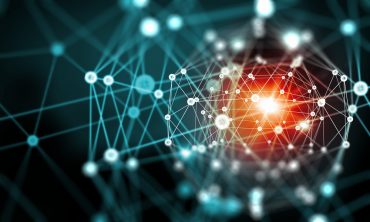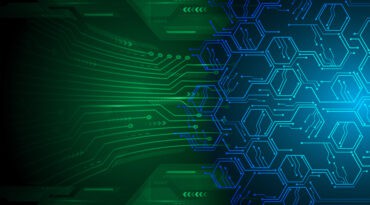
The AI model is able to predict energy consumption based on traffic and rail data.
A team of researchers from Zurich University of Applied Sciences have developed an AI model that uses data from road and rail traffic, which it claims can be used in tandem to predictive models to provide a more accurate prediction.
Finding more accurate methods to predict energy consumption has been quite a fruitless activity for suppliers and grid managers over the past few decades, as most power grids still rely on predictive models that mostly reference consumption history and weather forecasts.
SEE ALSO: Energy at the Edge: Data is Driving Decarbonization
Road and rail traffic data correlates closely with activities, and through this grid managers to get a better overview of which areas of a city or town need power and which ones require less. In tests, combining the AI model with traditional consumption prediction models led to accurate predictions in energy consumption two to six hours before they occurred.
A real-time model is also more capable of providing accuracy in times of crisis, such as after a natural disaster or if another pandemic happens. If there’s a shift in behavior, traffic and rail data will quickly be able to recognize it and divert energy to different areas of a city.
“As the number of electric vehicles grows, the link between traffic and electricity demand will become closer. That means traffic data is likely to become even more important in predicting electricity consumption.” said Aksornchan Chaianong, study leader and research associate at Zurich University of Applied Sciences’ Center for Energy and the Environment.
With fluctuations in energy supply becoming more readily apparent due to a larger influx of wind and solar into national grids, having the most accurate predictions in consumption is critical for grid operators to avoid brownout or blackouts. Add to this the growing needs for energy, and the prediction models of the past may become incapable of maintaining high levels of accuracy.
In follow-up tests to ascertain if the AI model could supplement traditional models, researchers found that it only leads to marginal increases in accuracy. For now, it looks like the AI could be embedded into other models, to provide more accuracy.




























